For all of you lucky enough to catch it at #MarTechFest Global, Darrell gave us the skinny on the formula for marketing operations success. The mops maps, so to speak. Try saying that quickly 10 times.
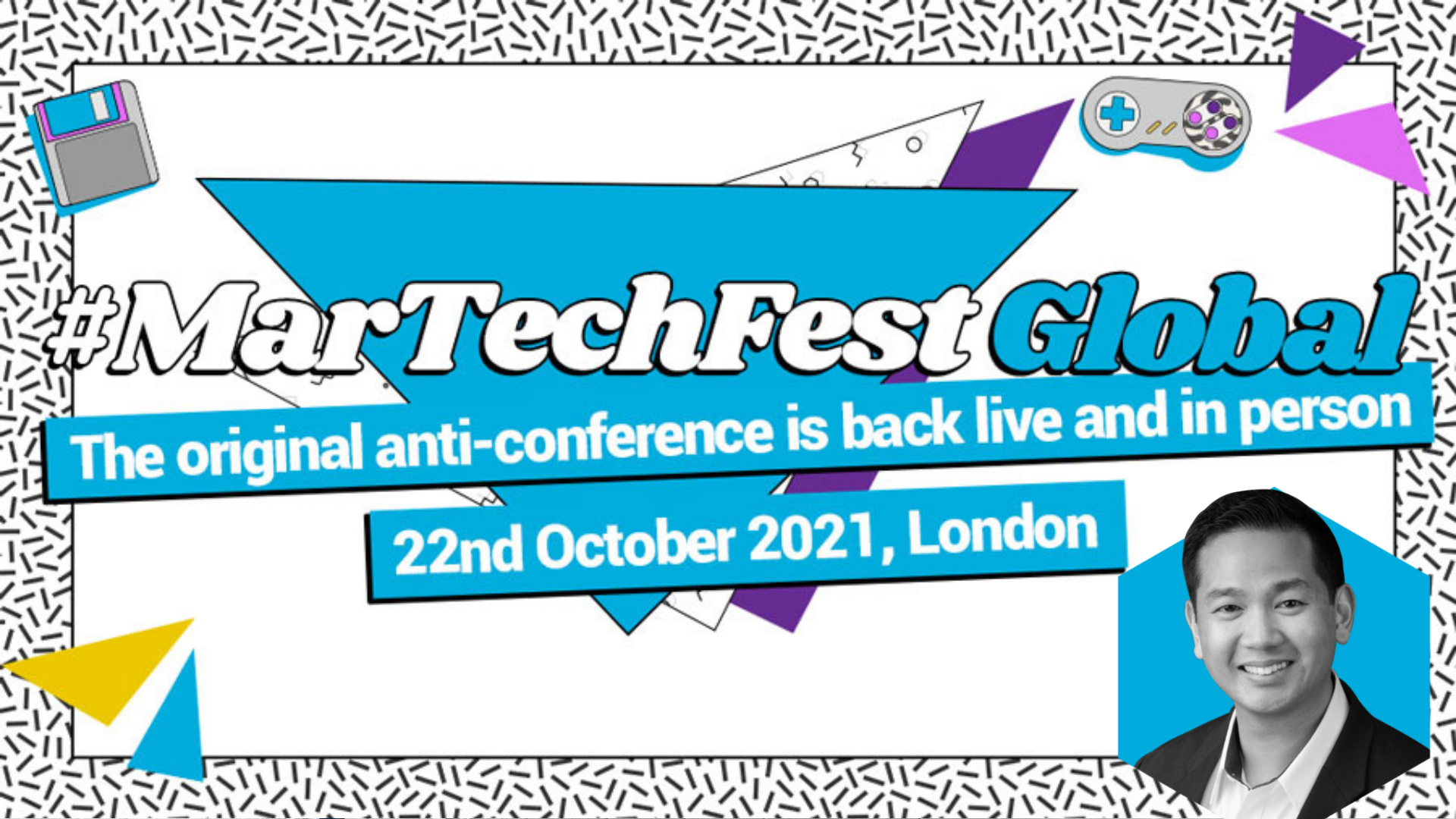
This is Darrell's favourite topic. So you know he's going to go into depth. In his sesh, ol' D.A approached:
- The Challenges of martech growth. Basically, the pain points are put on the shoulders of people operating martech, and running marketing operations.
- Five steps to marketing ops and martech success
- Global local approach
- Potential pitfalls.
But first up, he wanted to tackle something far more important. The Sandwich Landscape of 2021.
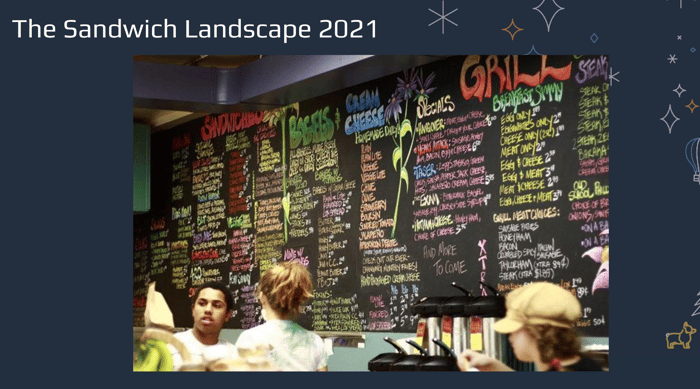
There are so many options of sandwiches. What fillings? What protein? What salad? And that's without even thinking about the bread. Bagel, or ciabatta, or sliced? And that's not even considering theme. Breakfast, dessert, Christmas. It's all overwhelming.
Daz had this experience with ice-cream. Going into a shop filled with 40 different flavours, he analysed each flavour, considering each options. And then he walked right out the door. From ambiguity comes paralysis.
There's a couple of reasons for all this. And it's the same with marketing tactics and martech. It's not the amount of options, but something deeper. So, this happens when:
- You don't know what you want
- You don't know where you're going
So, Darrell says, the formula is a misnomer. That's right, you've been tricked. It's not really a step-by-step process that you can follow to a T, and it'll spit out success. The answer is actually to drive customer value within your organisation.
And here's five ways to do just that.
Number One: Strategy should drive technology. Not the other way round
It's easy to fall into the mindset of "Oh, Marketo and HubSpot have all these shiny features. We should use ALL of them", just so you get really get the bang for your buck.
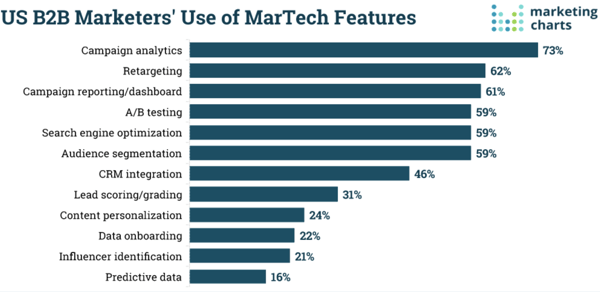
But who came up with this plethora of products, this myriad of martech, this fistful of features? It certainly wasn't me. It probably isn't you. And it definitely wasn't us. And who determined what the goals are, for what we're trying to achieve with this tech? Well, it was presumably some third party or vendor.
So, it should be us who gets to determine what our goals are, and the tech to support that, rather than the other way round.
The gap analysis can be used to do this.
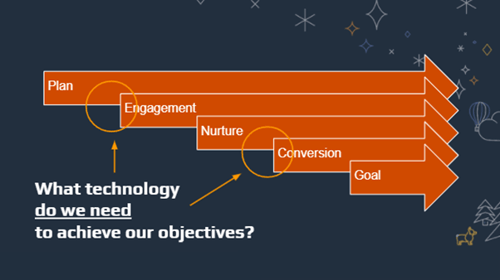
Darrell wants us to ask ourselves "do we have the tech to create an optimal customer experience at that specific stage?" If we do so, in this way, we can start to use tech to support our goals.
Number Two: Incredibly high standards set centrally, executed globally
Marketing today looks a bit like this:

It basically manifests itself in a predominately digital way. A small business have have hundreds of assets. A big business can have tens of thousands, on a global scale. Each is a touchpoint that is representing your brand, to your customer.
So, says Darrell, there's this idea called Practical Drift. It's when divergence from best practises and procedures becomes the norm. It developed when people were investigating the safety features for airplanes, where deviations of any size from best practises, even the smallest, could result in a plane crash.
Although marketing isn't so life-and-death, it can still follow the same principles.
Playing a game of organisational telephone, where messages go from person to person to person, losing a little bit of meaning or directions each time can lead to ideas getting mixed up, and you send up with a camel i.e. a horse by committee.
This is what happens when you lose high standards for your marketing and brand.
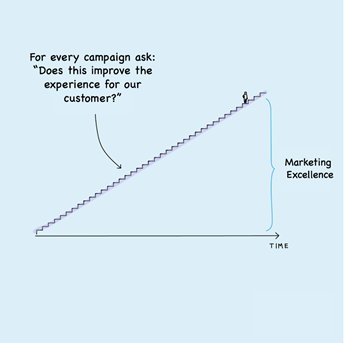
Incremental improvements over time can lead to marketing excellence. There's a couple of ways this can happen. There's a couple of ways this can happen:
- Insist on the highest standards
- Focus of centres of excellence. So think programme templates, campaign templates etc., that demonstrates the best of the best of your organisations. This means you're people are always using the best. It should be a continuous feedback loop - everything should be filtered back in. That's how you get battle tested campaigns.
- Adherence to brand guidelines
- Quality control
- Objective evaluation
Privacy should also be kept to the highest standard. It should also drive change.
So, customer privacy and trust is shaping the business landscape. But why? Well:
- Information security leads to trust for the customer. And if you don't provide this, the customer experience can be irreparably damaged.
- Examples of GDPR and "death of the cookie" forcing huge changes
- Brands have to prioritise protecting customer data
What can you do to implement this?
- Customer trust has to become part of the customer experience.
- Play offence AND defence. Ah, the classic 'sports metaphor'. Darrell suggests you need a plan for both. Offence is how we, as marketers, build awareness, engage, and acquire customers. Defence is how we fortify existing systems, how we protect our customers' data, and how we maintain the integrity of our customer trust.
Number Three: Developing Technical and business acumen
Only 13% of leaders feel their organisations are ready to compete in the digital age.
It's often thought that marketers aren't ready, that they don't have the technical expertise. But when it comes to technical expertise, marketers don't have to have the ability to learn python in a week. But the best digital leaders need to have a firm grasp on how the technology works, and how it plays a part.
So digital leaders operate at all levels, and stay connected to the details.
Leaders understand:
- The holistic value delivery process
- Key business inputs that drive success
- The value each team brings to the customer
- Long-term strategy
On top of this, leaders must act to:
- Audit and confirm beliefs
- Remove blockers at every level
- Dissect and pressure-test the data
- Invent and simplify
Number Four: Data and system integration creates value for customers
What does this mean? Well, 90% of marketers say integration with existing systems is a "common hurdle". So, just by focusing on integration, you have a competitive advantage.
But there's more to it. Marketing execution can be thought of the transfer of ideas from one location to another.
Say we have a marketer, and they're coming up with messaging. That information gets transferred to some sort of document, which is then translated across landing pages, websites and social channels. Eventually it gets to the customer inbox, then it gets forwarded on through the organisation via email, or even Slack. This is an interesting way to think about how marketing is actually executive.
Though in reality, it's a little more complicated. In fact, it looks something more like this:
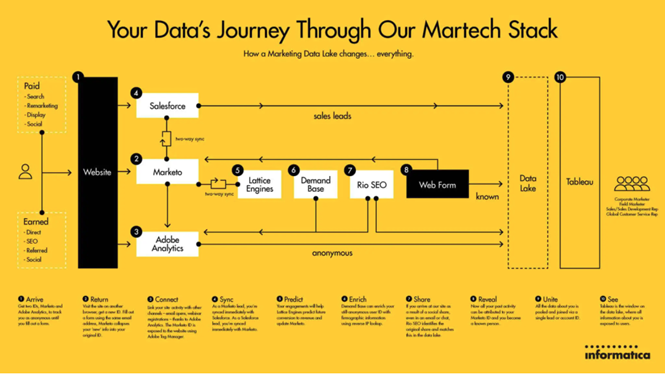
So, its a case of seeing where your engagement is coming from, from sites or other mediums, then that information is filtered into your MAP, CRM, or CDP, then the data is transformed and extracted and loaded into a data warehouse, then into a visualisation platform. Clearly there's a lot going on. The two things you're trying to achieve using this process is to improve:
- Targeting and, as a result, personalisation
- Customer insights, in order to make better decisions.
If the data doesn't end up in the right place, and ends up in your revenue reporting, you can't pull customer insights, and you can't make better decisions.
Plus, with targeting, it has to go way beyond just the demographic or firmographic basics, and instead stray into more advanced territory. This might be product usage, intent data, or what Darrell calls "RFM" i.e. recency, frequency, and monetary.
All of this contributes to real personalisation. And this is not possible without the investment in your data moving from place to place.
Number Five: Martech decision-making framework
A lot of all this comes down to decisions. What platform are we going to use? How are we going to engage our customers? How are we going to evaluate the ROI of our campaigns? And on, and on, and on.
What you've got to think is: "Is the customer experience impacted? Is it impacted in a positive way? Or is something happening in the martech systems that means it is effected in a negative way?"
Next, you need to have a look at developing sustainable sales and marketing revenue. It should be able to be repeated and scaled over time. Then, you can start thinking about other things, like investment long-term. Will all this pay off?
Lastly, comes fortification and the protecting of your customer data.
Things that fall outside of this framework, like productivity and experimentation, shouldn't be dismissed, but remember the priorities and your roadmap. Then, you can focus on the extras.
So, in summary:
- We are the ones driving – not marketo, not hubspot, we’re the ones understanding our customers and their needs.
- Incremental improvement by having the highest standards – fresh set of eyes can lead to large changes
- Develop both technical and business acumen – business is about keeping score, have to understand the details
- Great marketing comes from great data – data integration creates value
- Use frameworks to make good decisions – customer should be at the centre of this.
Darrell Alonso is the Trainer for our six week course: The Essentials of Marketing Operations, which begins in February 2022. Enrol now
